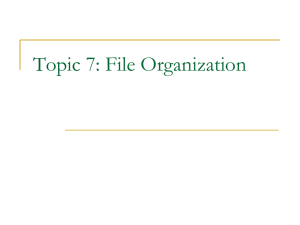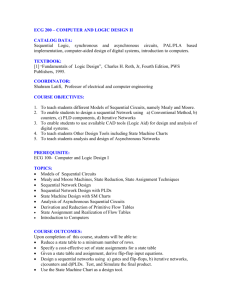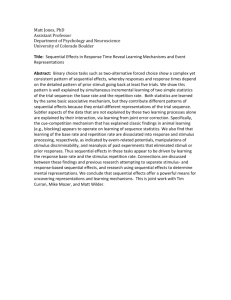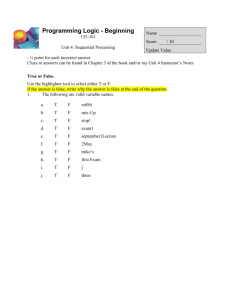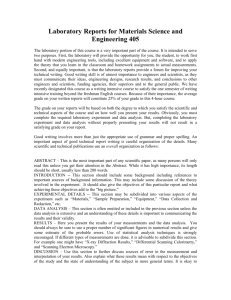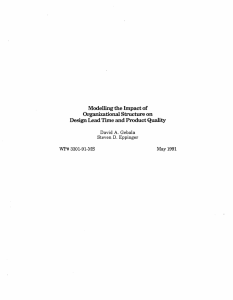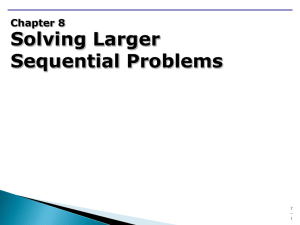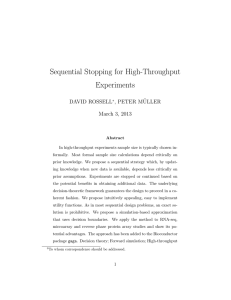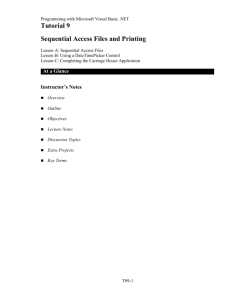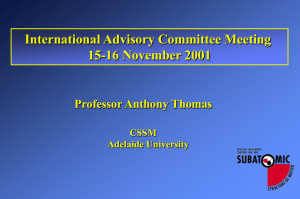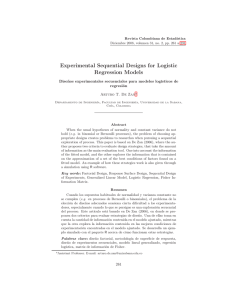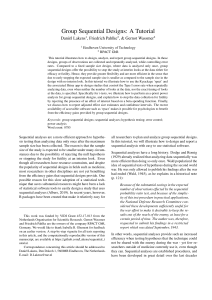CEG360 - College of Engineering and Computer Science
advertisement
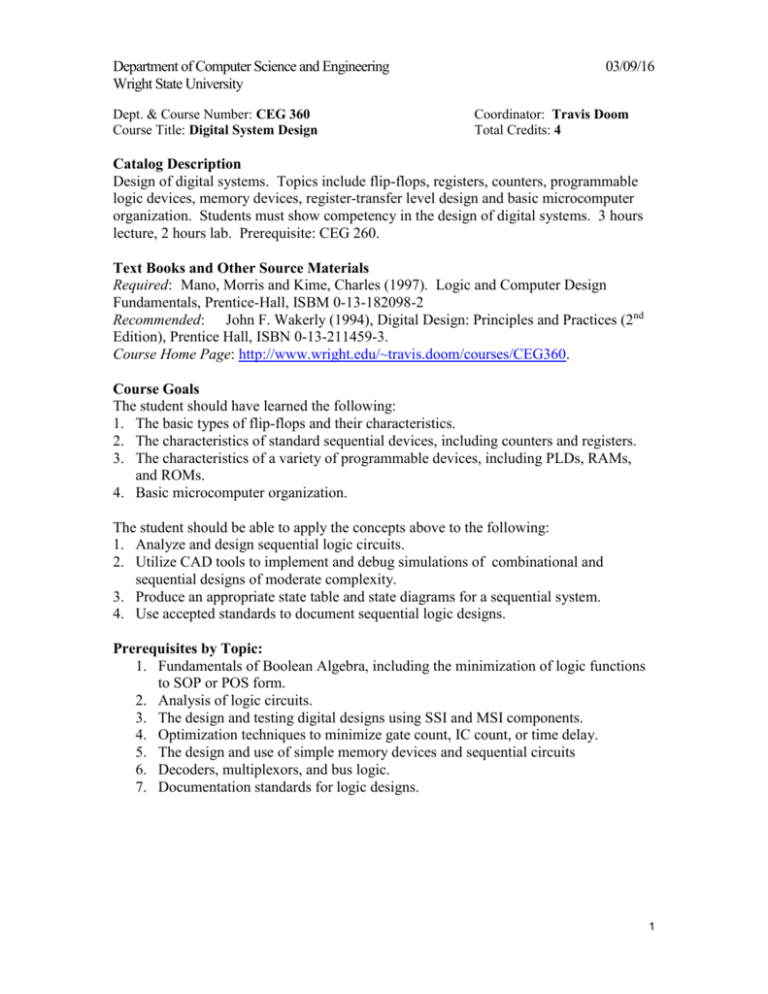
Department of Computer Science and Engineering Wright State University Dept. & Course Number: CEG 360 Course Title: Digital System Design 03/09/16 Coordinator: Travis Doom Total Credits: 4 Catalog Description Design of digital systems. Topics include flip-flops, registers, counters, programmable logic devices, memory devices, register-transfer level design and basic microcomputer organization. Students must show competency in the design of digital systems. 3 hours lecture, 2 hours lab. Prerequisite: CEG 260. Text Books and Other Source Materials Required: Mano, Morris and Kime, Charles (1997). Logic and Computer Design Fundamentals, Prentice-Hall, ISBM 0-13-182098-2 Recommended: John F. Wakerly (1994), Digital Design: Principles and Practices (2nd Edition), Prentice Hall, ISBN 0-13-211459-3. Course Home Page: http://www.wright.edu/~travis.doom/courses/CEG360. Course Goals The student should have learned the following: 1. The basic types of flip-flops and their characteristics. 2. The characteristics of standard sequential devices, including counters and registers. 3. The characteristics of a variety of programmable devices, including PLDs, RAMs, and ROMs. 4. Basic microcomputer organization. The student should be able to apply the concepts above to the following: 1. Analyze and design sequential logic circuits. 2. Utilize CAD tools to implement and debug simulations of combinational and sequential designs of moderate complexity. 3. Produce an appropriate state table and state diagrams for a sequential system. 4. Use accepted standards to document sequential logic designs. Prerequisites by Topic: 1. Fundamentals of Boolean Algebra, including the minimization of logic functions to SOP or POS form. 2. Analysis of logic circuits. 3. The design and testing digital designs using SSI and MSI components. 4. Optimization techniques to minimize gate count, IC count, or time delay. 5. The design and use of simple memory devices and sequential circuits 6. Decoders, multiplexors, and bus logic. 7. Documentation standards for logic designs. 1 Major Topics Covered in Course 1. Introduction to basic sequential devices 2. Flip-flop applications, clocked synchronous state machine (CSSM) analysis 3. Principles of CSSM design. State diagrams, state assignment, minimal cost vs. selfcorrection, state reduction, and methods of synthesis. 4. CSSM design practices: Documentation, timing, and devices. 5. Counters and their applications 6. Registers and their applications 7. MSI design methodology 8. Programmable logic devices 9. Memory devices and computer logic Laboratory Projects The laboratory projects are designed to help students learn the course concepts and are the primary course "homework". Each of the four projects consists of one or more "prelab" designs which must be turned in before scheduled "in-lab" sections where students are asked to demonstrate and answer questions about their project. In order to pass this course, a student must attain a passing grade (70%+) in the laboratory. Estimate CSAB Category Content Core Advanced Data Structures 0 Algorithms 0 Software Design 0 0 Core Advanced Concepts of PL Comp Organization + Architecture 0 4 Other Oral and Written Communication Students are required to submit their lab books weekly. Labbooks are graded on correctness, methodology, content, and style. There are no oral presentations. Social and Ethical Issues No major social or ethical issues are covered in this course save those relating to academic honesty and workplace ethic. Approximately 30 mins are devoted to these topics. Theoretical Content The minimization of state machines (one course period) requires a basic introduction to finite state machines, definitions of equivalence, and theoretic techniques to prove or disprove such equivalence. The theoretical aspects of RISC and CISC based design methodology also require one course period. 2 Department of Computer Science and Engineering Wright State University 03/09/16 Problem Analysis and Solution Design Three two-week and one three-week laboratory projects are assigned in this course. The first laboratory project is a relatively straightforward review of prerequisite material and an introduction to the tools. The second two-labs are highly analysis driven. In these labs the students are provided with descriptions of problems in a natural language and must devise a digital system (complete with timing diagrams) to solve the stated problem. In the final lab, the students must implement a basic microprocessor for which they are given relatively detailed specifications and then devise (on their own) an appropriate microprogram for the control store to complete the stated functionality of the device. 3

